Bhut jolokia seeds (GHOST PEPPER ) pack of 20 seeds
₹80.00
In stock
Bhut jolokia seeds Known by many names in the different Indian provinces. The most common names include Bhut jolokia, Bih jolokia, Nagahari, Raja Mircha, Raja chilli or Borbih jolokiai, the Bhut Jolokia is cultivated in the Nagaland and Assam region of northeastern India and parts of neighboring Bangladesh.
Bhut jolokia seeds The word Bhut, given from the Bhutias people, means “ghost” and was probably given the name because of the way the heat sneaks up on the one who eats it.
The Bhut Jolokia has been around for many centuries, but was only introduced to the western world in 2000. In 2007 The Ghost Pepper was certified as the hottest Chili Pepper on the planet in The Guinness Book of World Records.
Ripe peppers measure 2.5 to 3.3 inches long with a red, yellow, orange, white, purple or chocolate color.
TASTE (AND HEAT): The first flavor you will notice is an intense sweet chili flavor, the heat does not kick in for 30 – 45 seconds. Once the heat kicks in, expect sweating, watery eyes, hiccups and shortness of breath. The burning generally intensifies over 10 – 15 minutes and subsides after 30 – 40 minutes.
TIP: Don’t touch any of the super hots with bare hands. Use latex or nitril gloves when handling
Timing
Chilli surya pariksha seeds Peppers need plenty of time to mature before they will bloom and set fruit. Start indoors in early March to the first week of April under bright lights. Transplant only when weather has really warmed up in early June or later. Night time lows should be consistently above 12°C (55°F). Soil temperature for germination: 25-29°C (78-85°F). Seeds should sprout in 10 – 21 days.
Starting
Sow indoors 5mm-1cm (¼-½”) deep. Keep soil as warm as possible. Seedling heating mats speed germination. Try to keep seedlings at 18-24°C (64-75°F) in the day, and 16-18°C (61-64°F) at night. Before they become root-bound, transplant them into 8cm (3″) pots. For greatest possible flower set, try to keep them for 4 weeks at night, about 12°C (55°F). Then transplant them into 15cm (6″) pots, bringing them into a warm room at night, about 21°C (70°F).
Growing
Soil should have abundant phosphorus and calcium, so add lime and compost to the bed at least three weeks prior to transplanting. Mix ½ cup of complete organic fertilizer beneath each plant. Though peppers will tolerate dry soil, they will only make good growth if kept moist. Harden off before planting out in June, 30-60cm (12-24″) apart. Water in with kelp-based fertilizer. Using plastic mulch with a cloche can increase the temperature few degrees. Pinch back growing tips to encourage leaf production. this helps shade peppers and prevents sun-scald in hot summers.
Harvest
When fruit is firm it is ready to pick. But if you wait the fruit will ripen further turning red, yellow, brown or purple. The sweetness and vitamin C content go up dramatically when the fruit changes colour. If you pick green the total numbers of peppers harvested will increase. Fruit that sets after late August will not usually develop or ripen. Pull out the entire bush just before the first frost and hang it upside down in a warm, dry place to ripen hot peppers. Expect 5-10 large bell peppers per well-grown plant, 20-50 hot peppers per plant.
Be the first to review “Bhut jolokia seeds (GHOST PEPPER ) pack of 20 seeds” Cancel reply
You must be logged in to post a review.



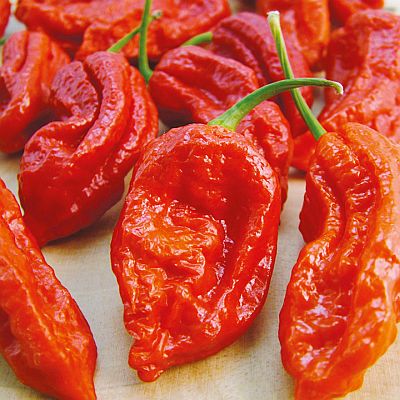
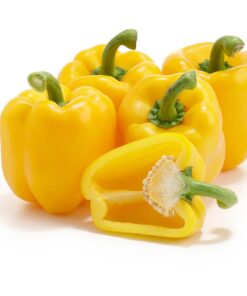



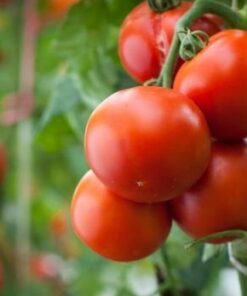

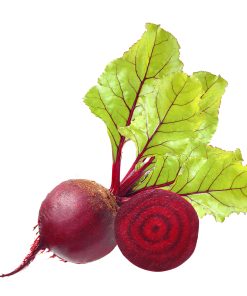
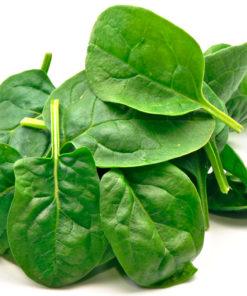
Reviews
There are no reviews yet.